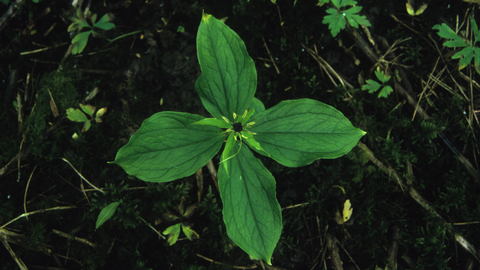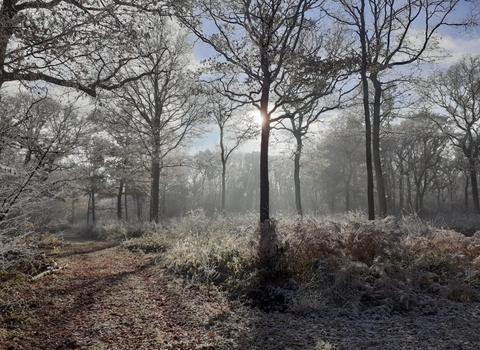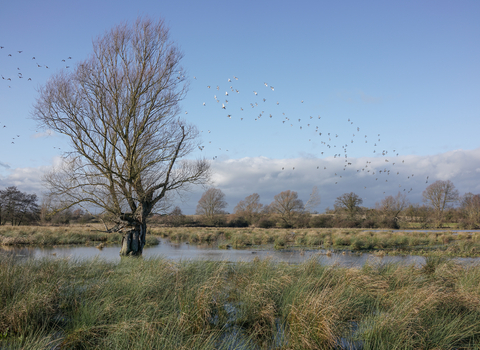Oxlip by Steve Aylward
By Steve Aylward

Herb paris by Steve Aylward
By Steve Aylward

Goldfinch - Adam Jones
By Steve Aylward
By Steve Aylward
Bull's Wood Nature Reserve
Know before you go
Dogs
When to visit
Opening times
Open at all timesBest time to visit
April to AugustAbout the reserve
The wood is famed countrywide for its rare spring-time oxlips, which are limited to just 100 sites in East Anglia, carpeting swathes of the woodland floor in buttery yellow. Anyone visiting between March and June will also be treated to abundant displays of early-purple orchid, spurge-laurel, wood anemone and herb-paris. Yet, the spectacular show of flowers is certainly not the only reason to visit Bull’s Wood.
The circular walk that winds past traditionally managed coppices of hazel and ash, takes you through lush rides opened up for butterflies such as the gatekeeper, speckled wood and orange tip. Birds such as marsh tits, long-tailed tits and tree-creeper can also be regularly seen. The walk itself is relatively short and can be completed in about 15 minutes. But with the only other foot prints you are likely to see belonging to the wood’s roe deer, there is plenty of opportunity just to stand and stare.
Habitat
Contact us
Environmental designation
Location map
What is coppicing, and why is it important?
In this short film, Alex Lack (Woodlands Warden at Suffolk Wildlife Trust) explains the long tradition of coppicing at Bradfield Woods and the vital role this ancient woodland management technique plays in creating wildlife-rich habitats.
The History and Importance of Coppicing (https://www.youtube.com/watch?v=y55_14LBWAM&t)
Featuring Alex Lack. Filmed and editted by John Collins.


